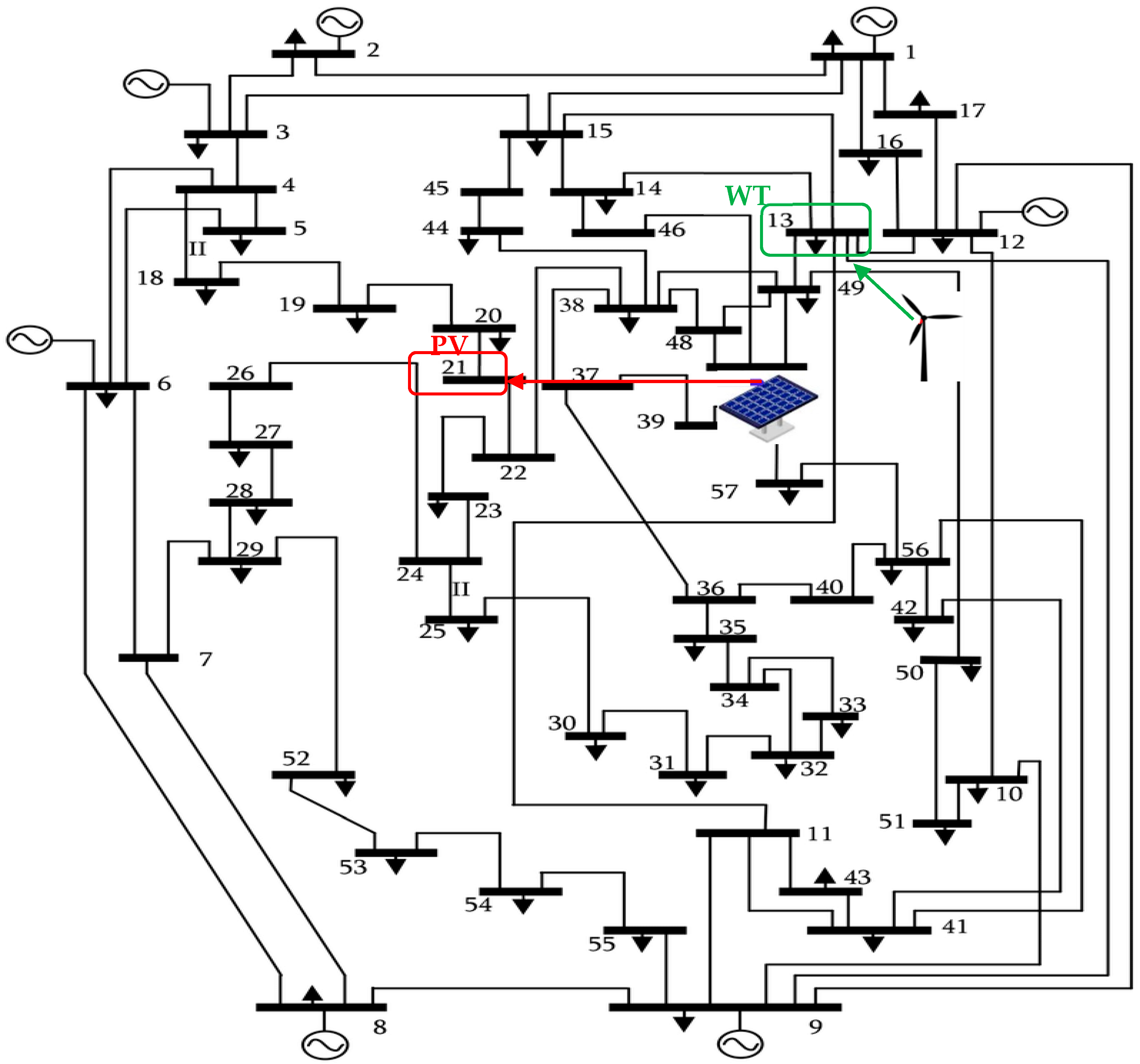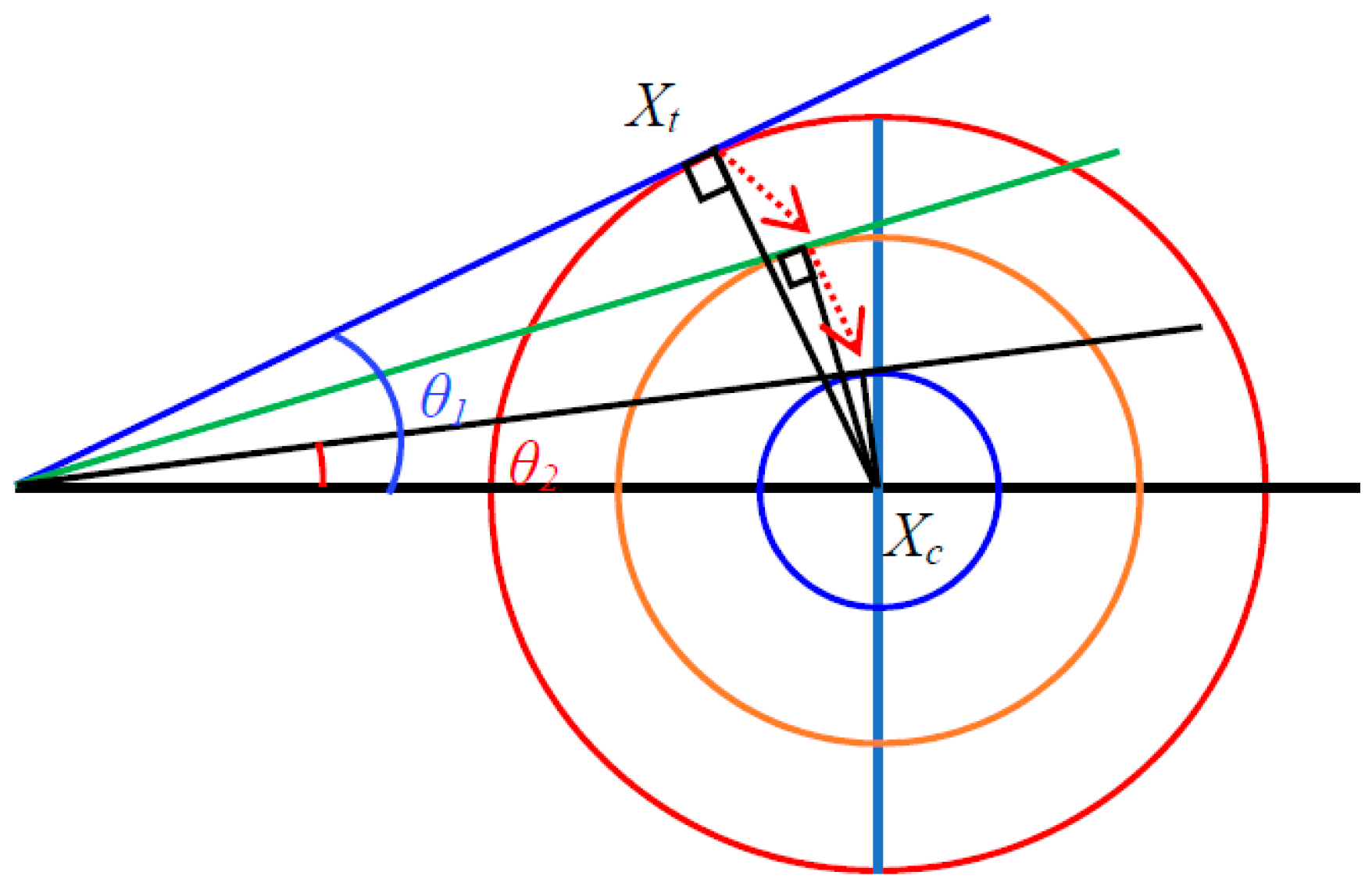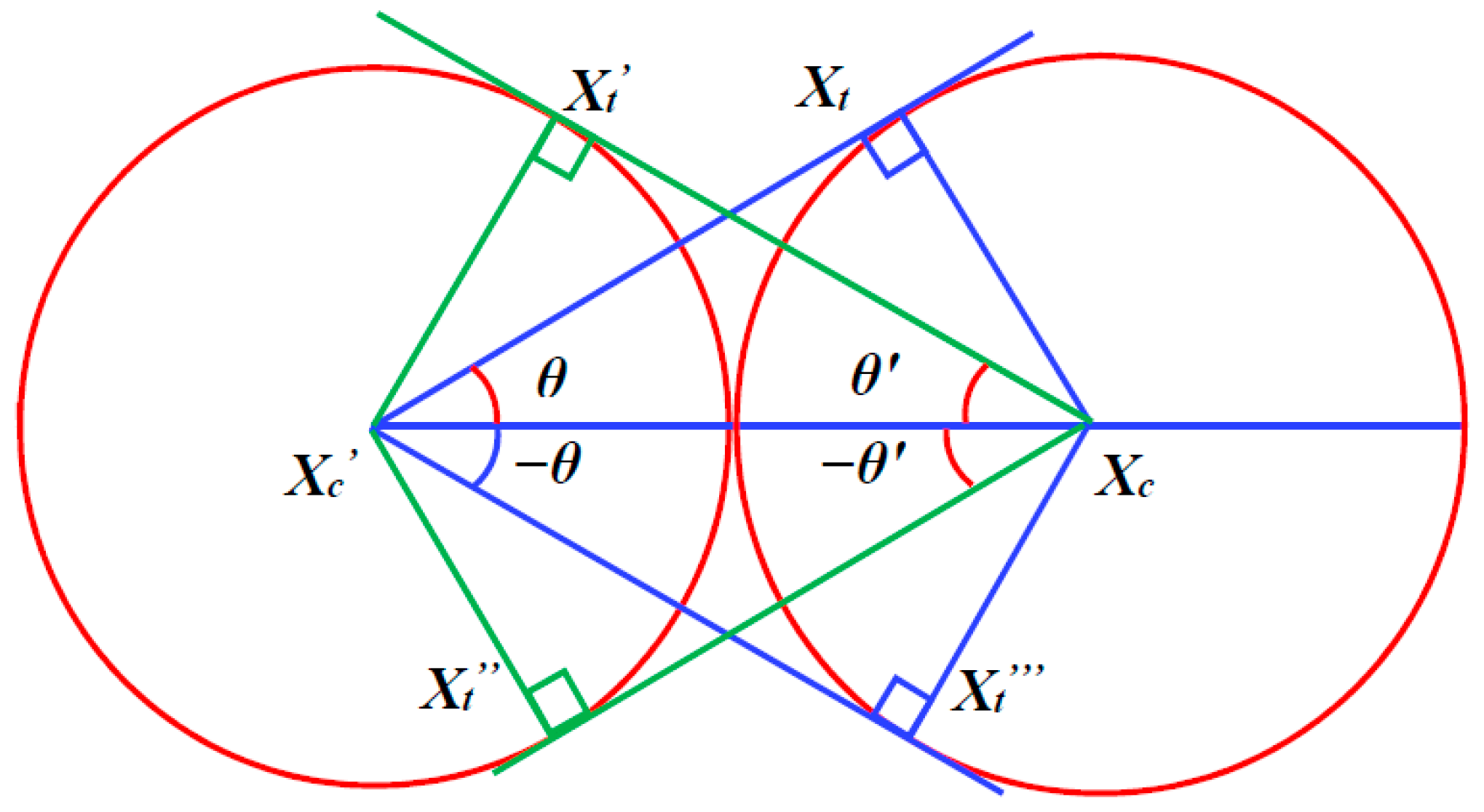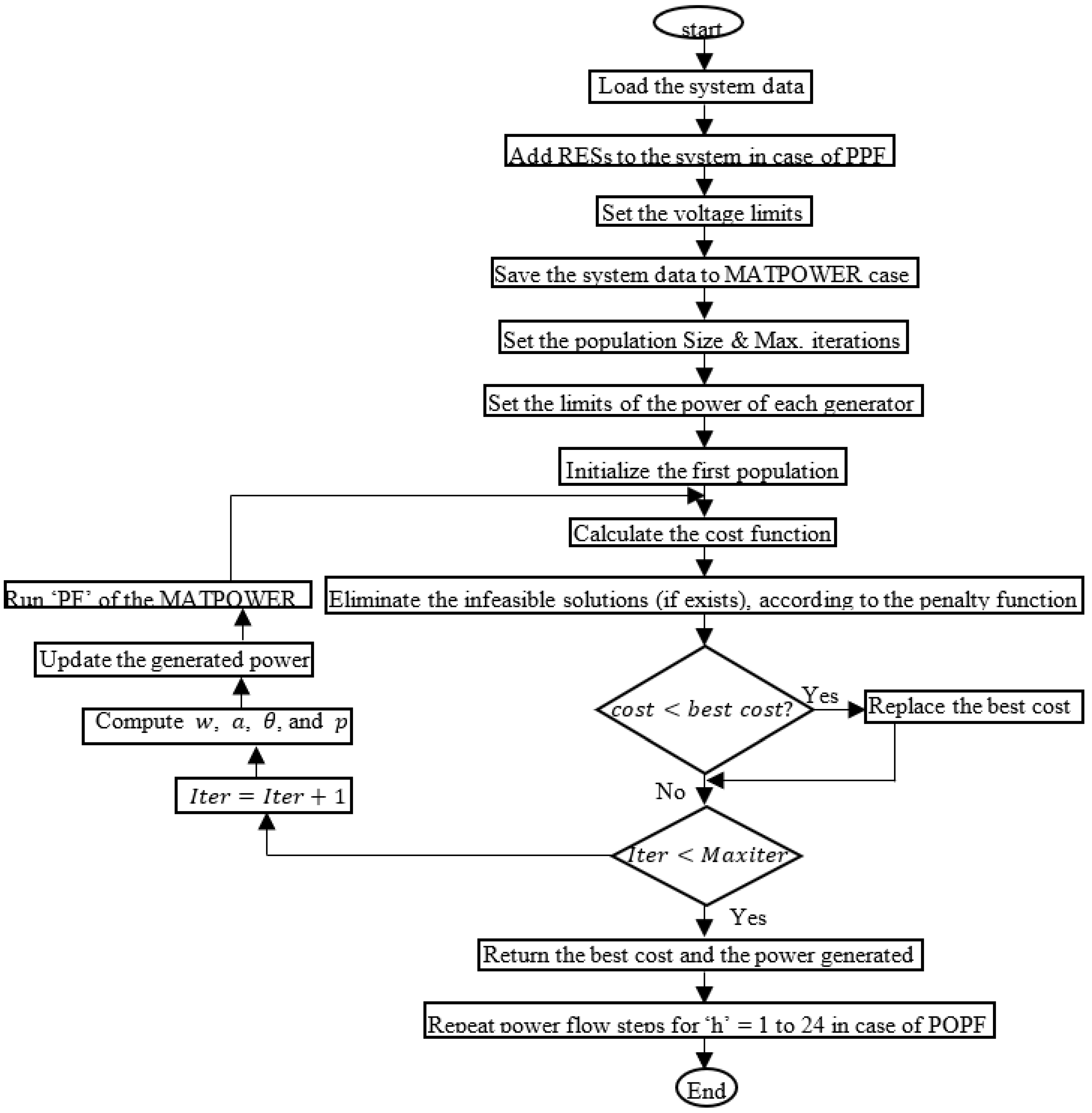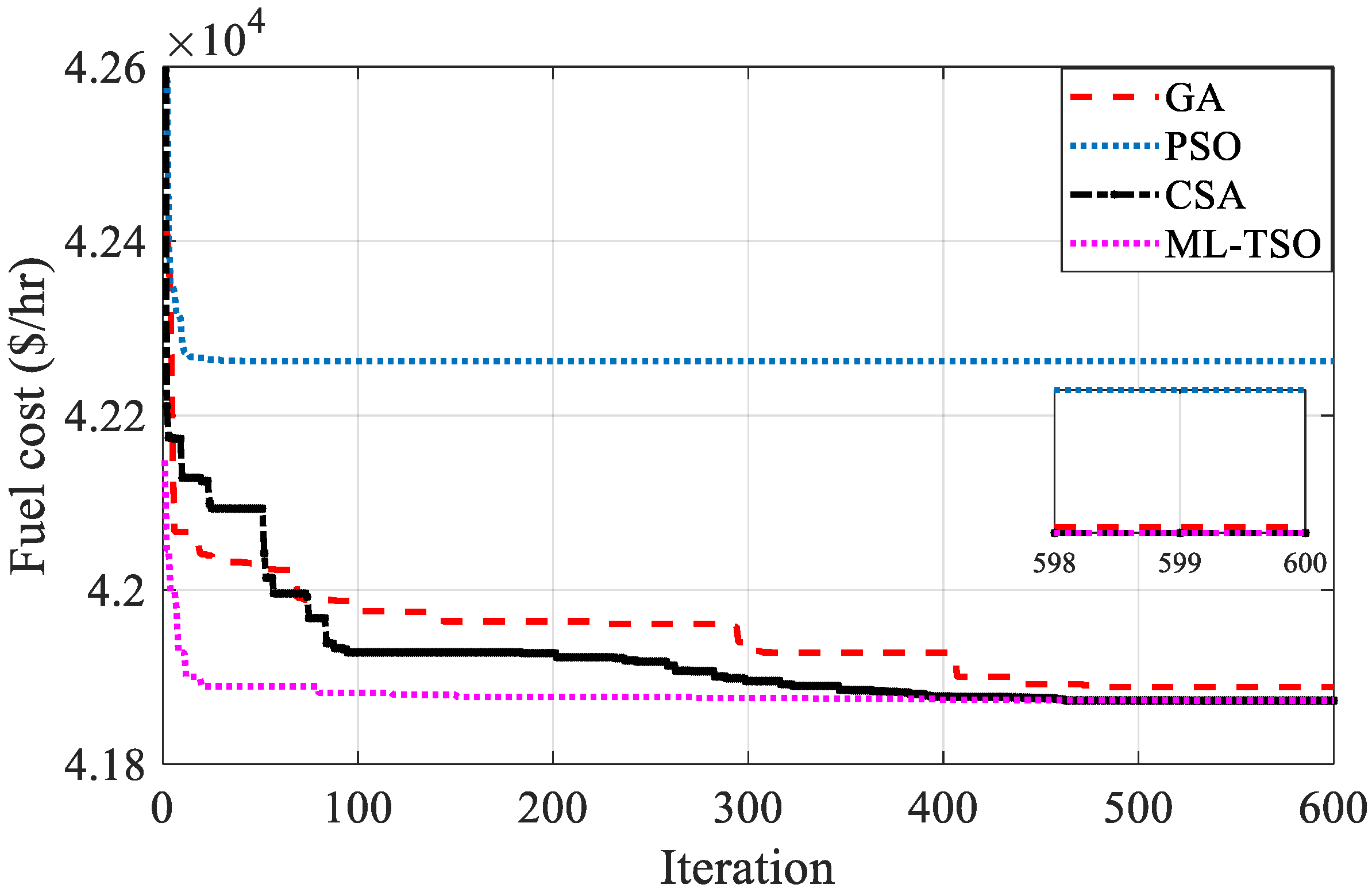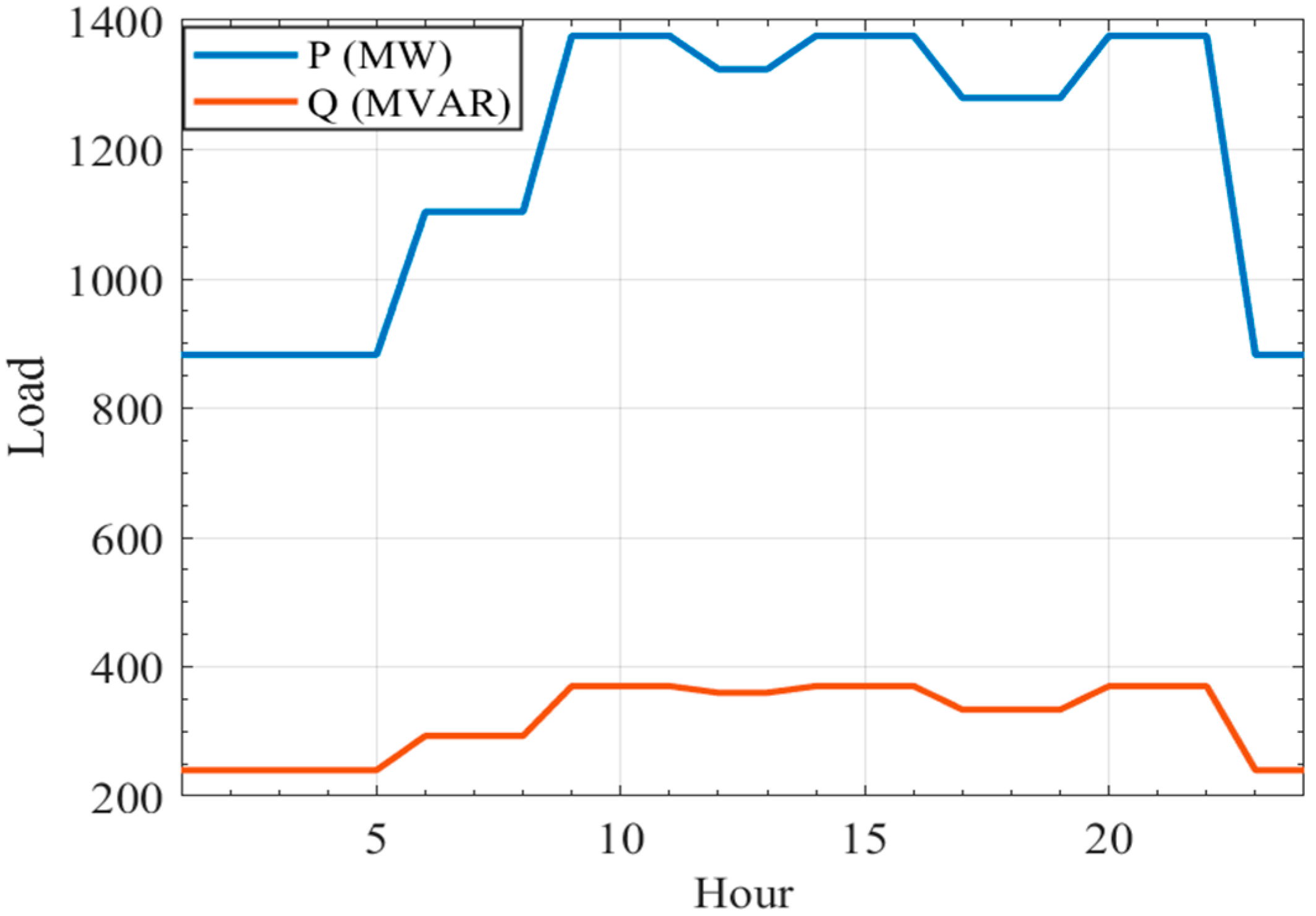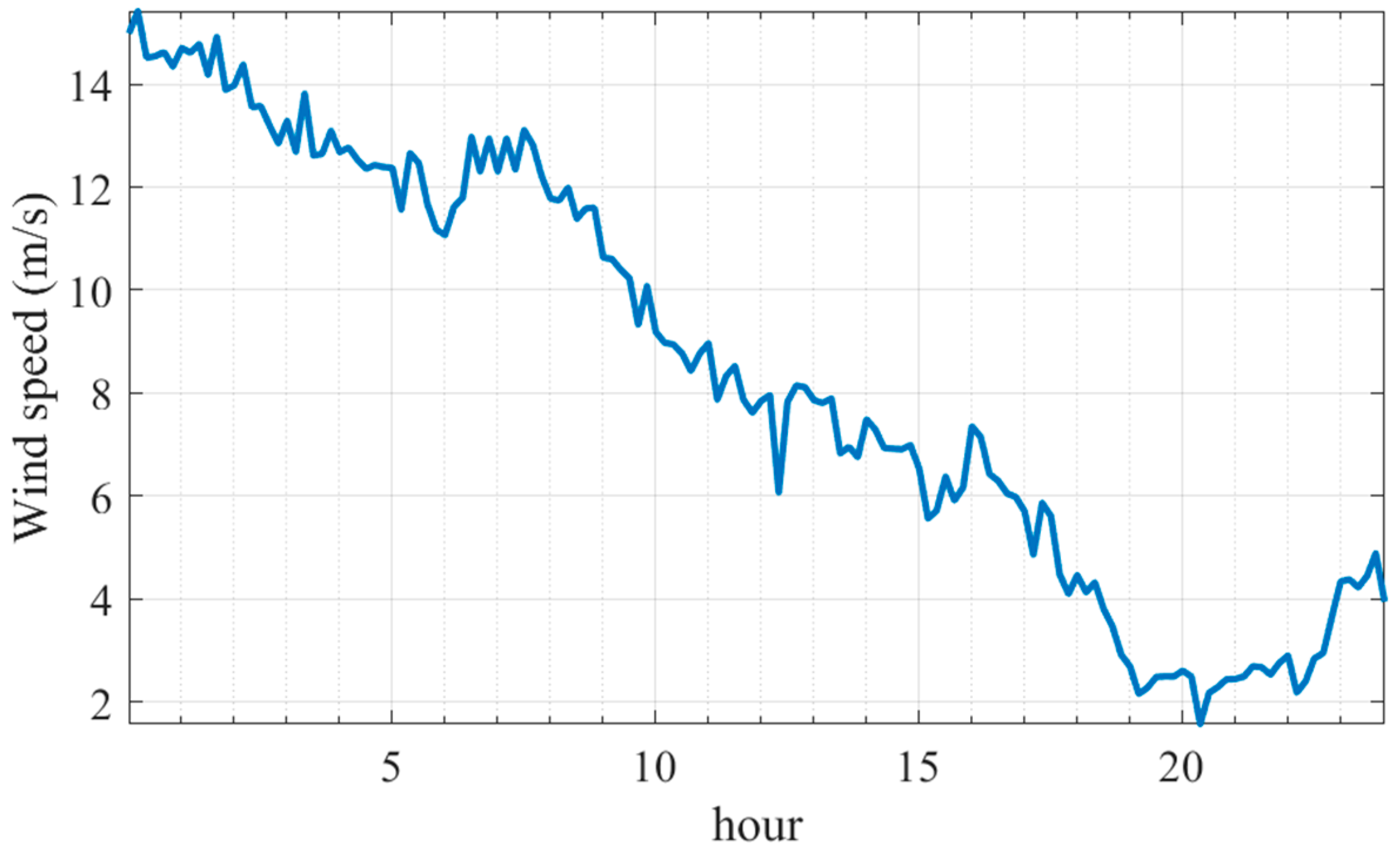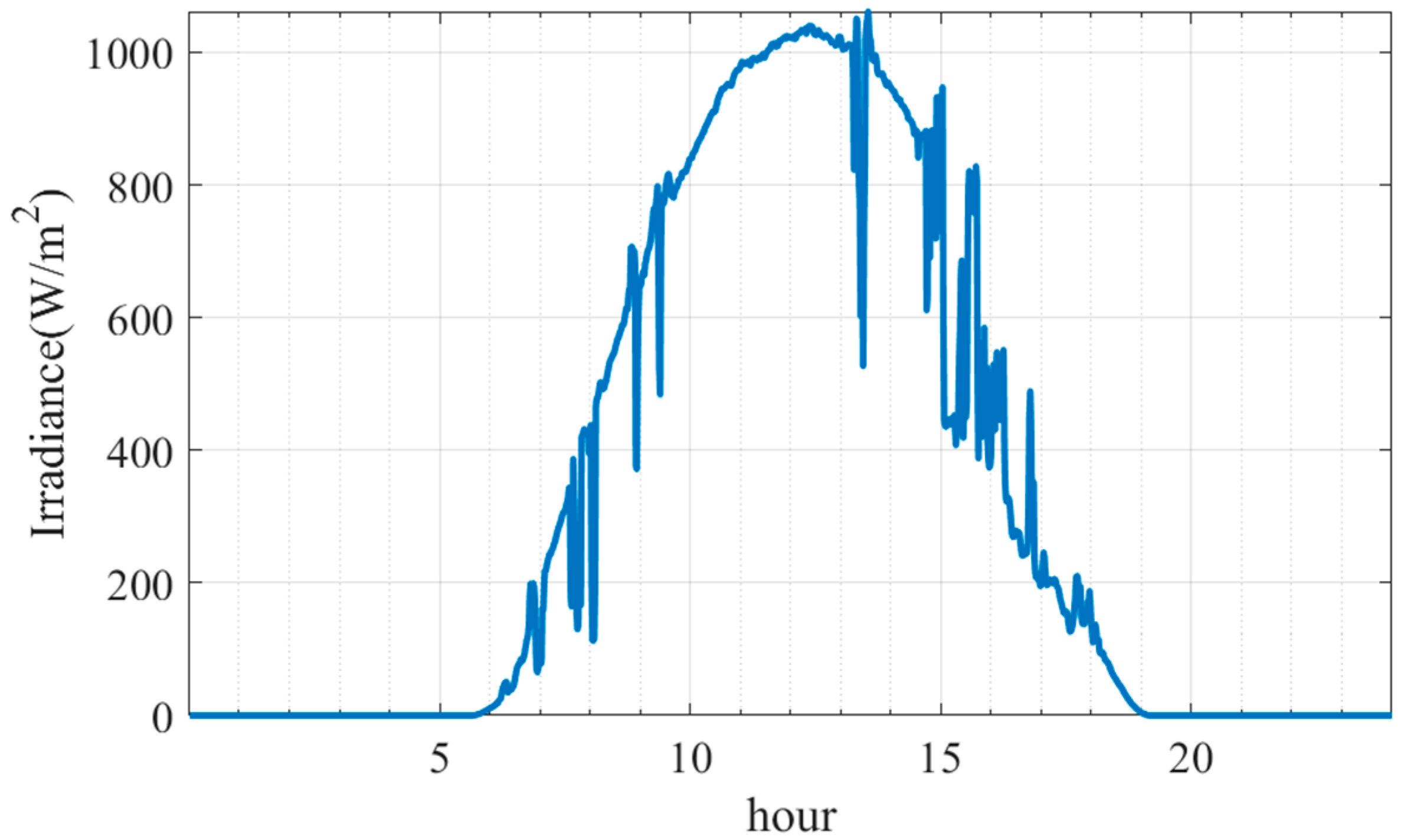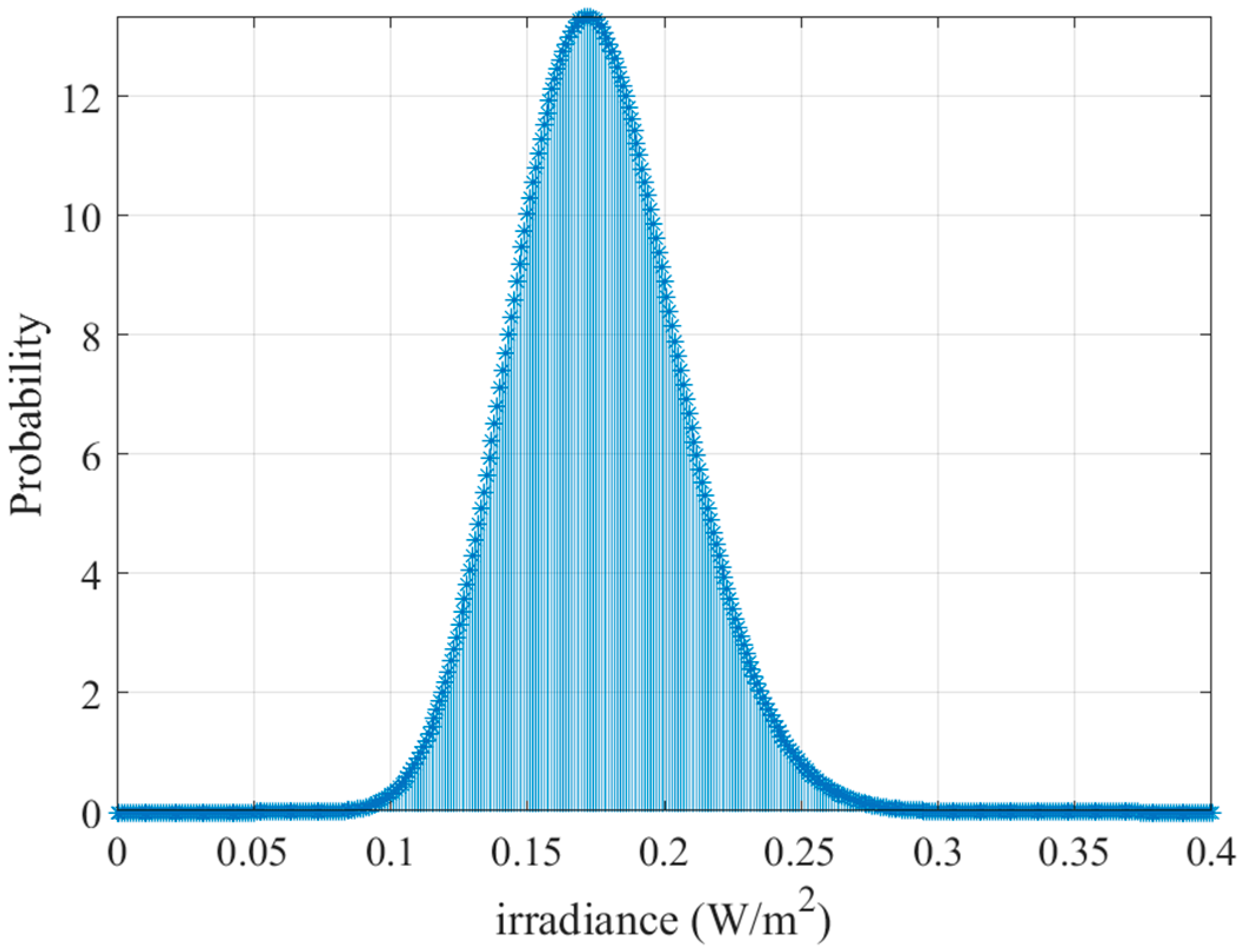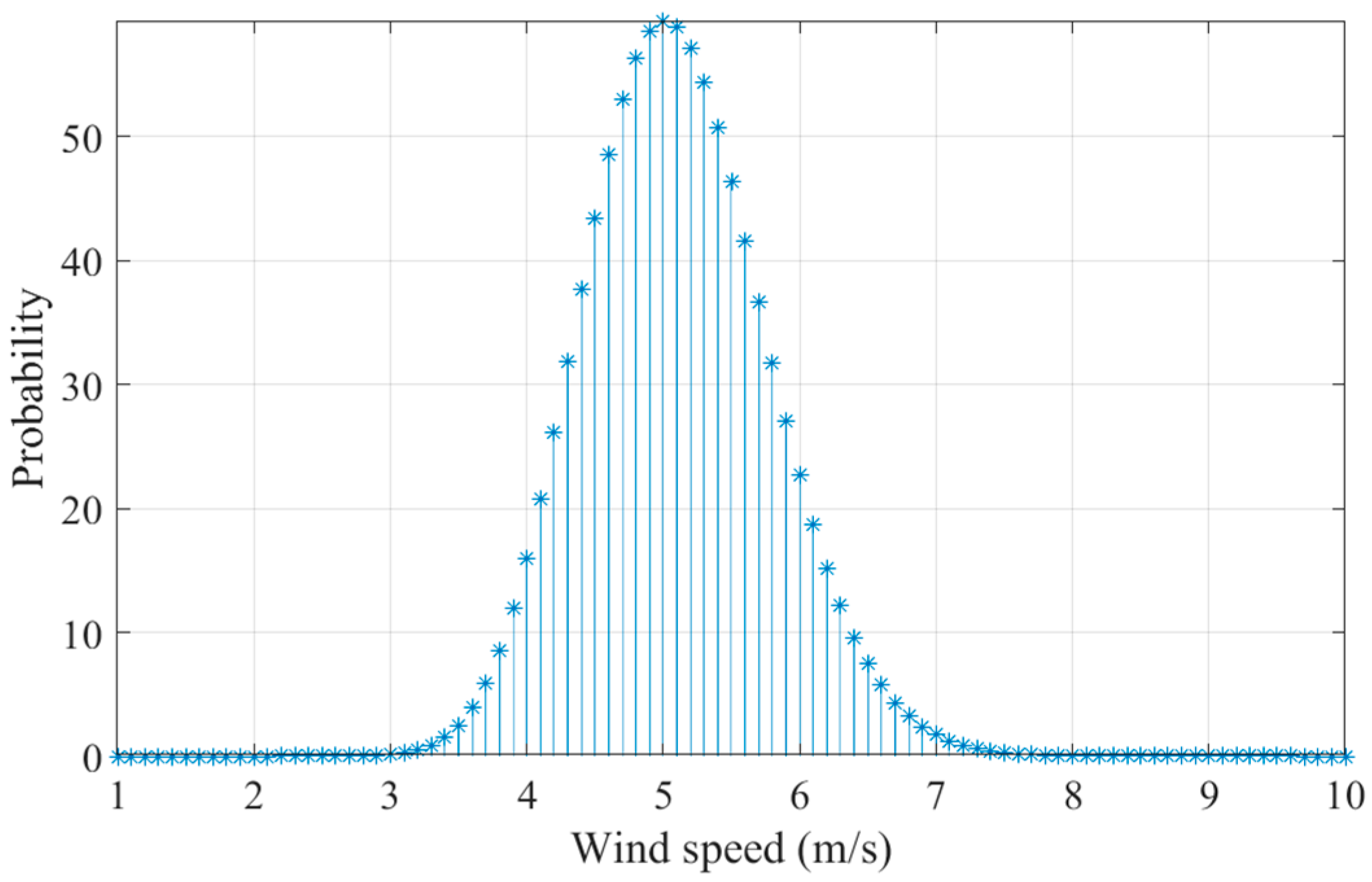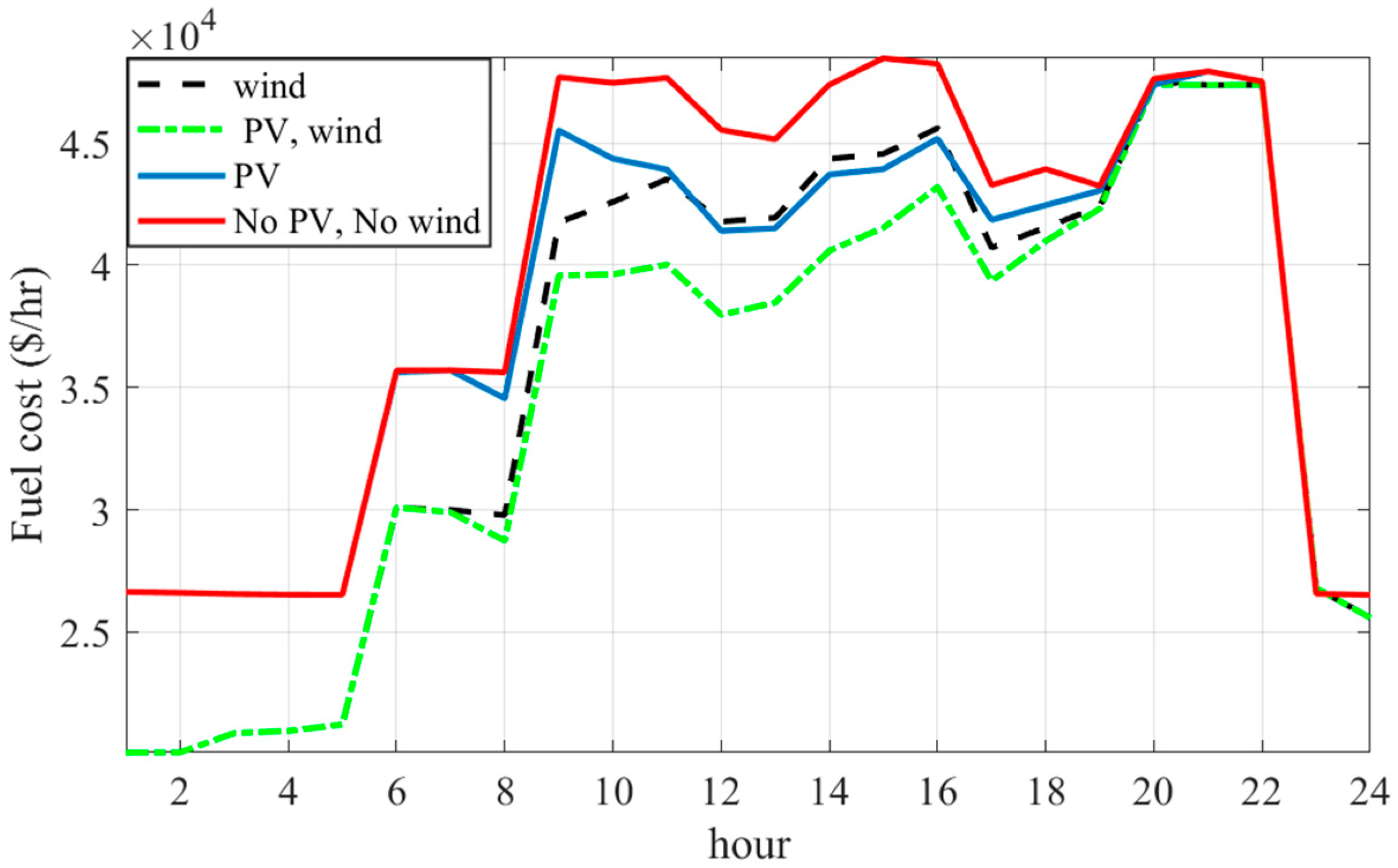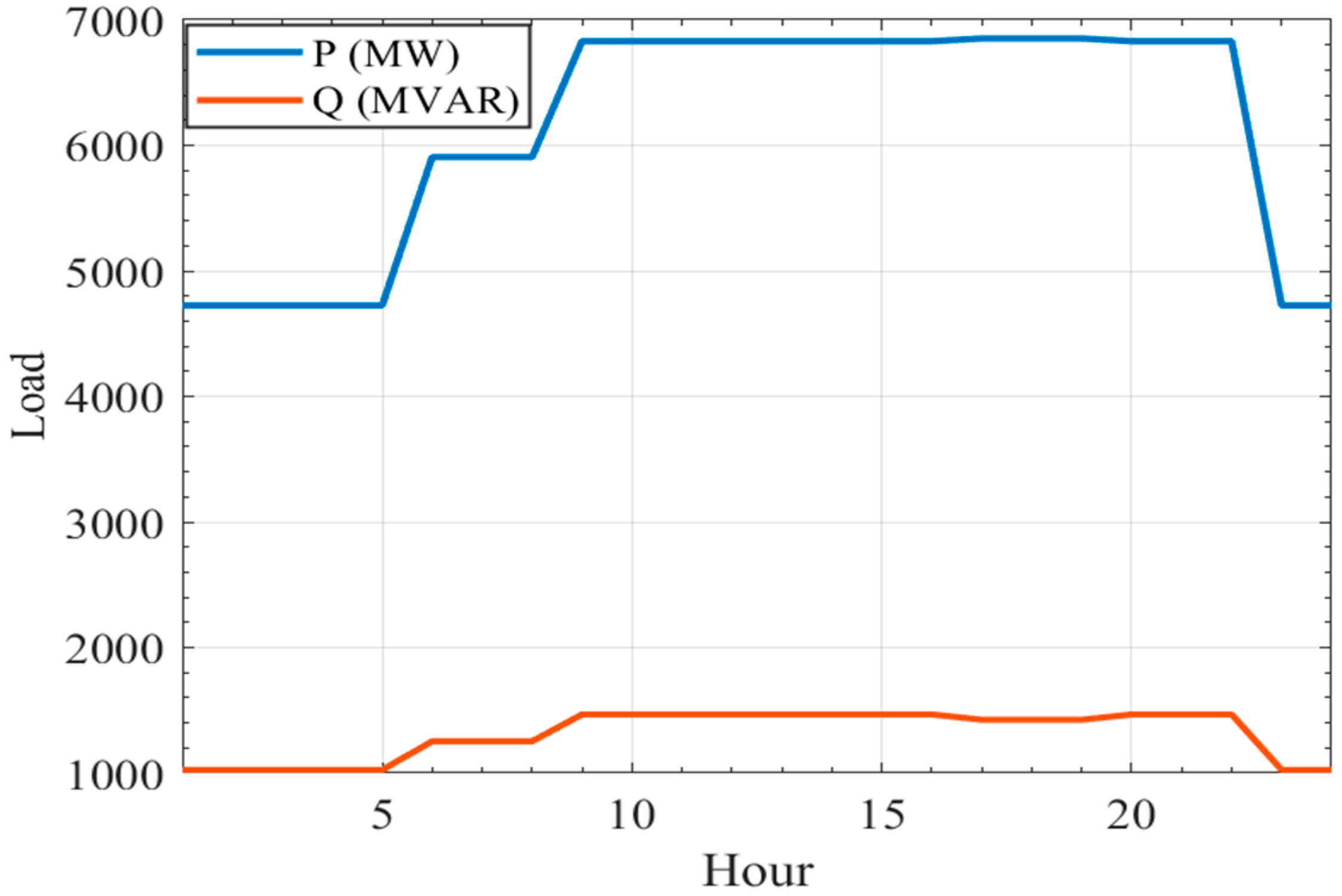1. Introduction
Integrating RES, such as solar photovoltaic (PV) and wind turbine (WT) sources, into electric distribution networks has been emphasized in the last two decades, due to the advantages of low prices and an environmentally clean electric power supply. However, managing the intermittent profile of renewable energy sources (RESs) is challenging in terms of keeping the system operation smooth. Optimizing the power flow in electric distribution networks plays an important role. The optimal power flow (OPF) problem is a large-constrained multi-objective problem, wherein the main objectives are to reduce the fuel cost of power generation and reduce the losses of the transmission lines, considering the constraints of power generation and voltage variations [
1,
2,
3]. The OPF for large power systems requires extensive data on the transmission line parameters, bus voltages, and power generation constraints [
4]. The OPF problem can be solved as a single-objective or multi-objective function optimization problem [
5]. Due to environmental protection considerations and the consequent changes in the structure of energy provision, there is a growing integration of renewable energy sources (RESs) with electrical power systems. RESs assure superiority in carbon emissions reduction. In addition, they are considered sustainable energy sources compared to conventional thermal power stations [
6]. In the past, the OPF problem in its classical formulation was solved by deterministic methods [
7,
8]. After that, many classical optimization methods were introduced to solve the classical OPF problem [
9]. However, the classical type of OPF problem did not include RES in the problem formulation [
10]. Recently, the formulation of the OPF problem has been developed to consider RES in the power system [
11]. The inclusion of RES in the OPF problem model led to uncertainties [
12]. The uncertainties in the power systems need probabilistic models to deal with them [
13,
14]. Therefore, the probabilistic optimal power flow (POPF) problem appears [
15,
16]. The difference between the OPF and the POPF problems is that the POPF solution is determined based on probabilistic models instead of deterministic ones [
17]. Therefore, this paper addresses the uncertainties of wind speed and solar irradiance by proposing statistical models to determine the generated power from such inserted RESs accurately [
18,
19].
The solutions available to the POPF problem can be classified as analytical [
20,
21], approximate [
22], numerical [
23], and heuristic approaches [
24]. Error! Reference source not found.For example, the authors of [
25] treat the POPF problem as a probabilistic inference model using Bayesian inference. Elsewhere, the authors of [
26] provide a novel POPF model that copes with uncertainties, considering electrical power generation from a wind turbine. Another study [
27] introduces a new POPF problem solution approach for electrical power networks, including wind energy sources, using an approach that adopts sampling to determine the probability density functions (PDF). The authors of [
28] provide a new method for the POPF solution of large power networks, including Pearson correlated uncertainty sources, using a technique that enhances the efficiency from each aspect. Finally, reference [
29] presents the incorporation of optimal DG allocation and network reconfiguration to improve voltage stability and reduce distribution network losses while considering probability in terms of loads at different power factors, using a modified version of the whale optimization method.
In this paper, the application of a novel algorithm, called the circle search algorithm (CSA) optimization method, for solving the POPF problem is introduced for the first time, to reach a global solution proficiently without becoming trapped in local minima, compared to other existing algorithms. The CSA algorithm was first introduced in 2022 by Mohammed H. Qais et al. [
30]. The CSA optimization algorithm is classified as a geometry-based and metaheuristic optimization method. The category of geometry-based optimization methods also includes the sine-cosine optimization method. The sine-cosine optimization method simulates sinusoidal waveforms [
31,
32]. The inspiration for the CSA comes from the geometrical features of the circle. Geometry studies the features of the figures in space. The circle is a geometric shape that has a diameter, center, and circumference, as well as tangential lines. The radius length, divided by the tangent line length, represents the orthogonal function of the angle that opposes the orthogonal radius. Such an angle is vital to explore new search agents and is also important for the exploitation process of the proposed optimization algorithm. A small change in angle leads to a significant difference in orthogonal function. This can help accelerate the exploration behavior.
The significant contributions of the current article can be summarized as follows:
We are introducing a newly developed CSA to solve the OPF problem, as well as the POPF one.
We have reformulated the CSA optimization method for integrating RESs apart from fuel generators, with different scenarios and conditions reflecting system demands.
We have developed statistical models for the RESs, depending on actual historical measurements. The provided models can help to accurately determine the amount of electrical power that is generated, while solving the POPF problem.
We have evaluated the efficiency of the CSA optimization method using MATLAB software, applied to the IEEE 57-bus test system and the 118-bus system. The introduced method is further validated with the commonly used algorithms of Genetic Algorithm (GA), and the Particle Swarm Optimization (PSO).
The remainder of the article is divided as follows:
Section 2 introduces the objective mathematical formulation;
Section 3 presents the modeling of the WT and PV; the CSA is provided in
Section 4.
Section 5 shows the results and analysis;
Section 6 offers the authors’ conclusions.
5. Analysis of the Simulation Results
The discussion and analysis of the simulation results are presented in this section. First, the simulation results of the classical OPF optimization problem are shown, compared, and analyzed. The classical OPF optimization problem itself is a well-established optimization problem, but in this paper, the performance of the newly developed and enhanced CSA method is evaluated by solving the OPF problem in its classical formulation. The comparisons and analyses of the simulation results are used in other optimization algorithms. Some of these optimization algorithms are well established, such as the GA and the PSO. Other recently published optimization algorithms are included in results comparisons, such as hybrid machine learning with transient search optimization (ML-TSO). These comparisons are presented to test how competitive the CSA algorithm is in solving such optimization problems. For more validation of the enhanced CSA method, more than one standard test system is used in the test, such as the IEEE 57-bus system and the IEEE 118-bus system.
The POPF problem simulation results are presented and discussed In the second section, where the PV array and the WT farm are inserted into the studied system in different scenarios, considering their stochastic nature. In this part of the study, the loads on the systems are also time-varying. The increasing penetration of the RESs made it important to consider the model of the photovoltaic systems and the wind energy systems with their stochastic nature in the OPF problem, to achieve optimal operating conditions in the electrical power systems. Integrating the RESs into the studied systems significantly affected the generation costs. This is also shown in detail in
Section 5.1.2 and
Section 5.2.2.
At the end of the
Section 5, statistical analysis and the numerical results of the classical OPF problem are provided. The statistical analysis measures how robust the CSA model is. The essential data regarding the specification of the two standard systems used in the study are provided in
Table 1.
The mutation operator of the GA optimization method is selected as 10%, while the crossover operator is selected as 65%. A conventional GA is used, which is based on uniform distribution selection. The search agents’ size is 15. Conversely, the inertia coefficient of the PSO algorithm is chosen as ‘1’. The inertia coefficient damping ratio equals 0.99. Meanwhile, the personal and social acceleration coefficients equal 2. The population size is 15. In the case of the CSA, the population size is 40.
5.1. First Test System: The IEEE 57-Bus Test Network
5.1.1. The Classical OPF Results
To verify the simulation results achieved by the proposed CSA algorithm, the same optimization problem was tackled using the GA, ML-TSO algorithm and the PSO. The stopping criterion of the compared optimization methods’ simulation process is 600 iterations. The simulation results of the classical are then compared and shown in
Table 2. The design variables are also included in the tables. The control parameters are the active power generated by fuel generators.
Figure 4 offers a more graphical comparison between the convergence performance of the CSA, the GA, the ML-TSO, and the PSO in the IEEE 57-bus test system. In this figure, a focus in the last three iterations is also shown.
It can be seen from the previous figure that the CSA reached its best solution at the end of the iterations. The CSA needed fewer than 100 iterations to gain a better solution than the GA and the PSO. After 600 iterations, the proposed CSA optimization algorithm achieved superior simulation results than the GA, by 0.044079%, and outstanding simulation results compared to the PSO results, by 0.9306%. Comparing the ML-TSO with the proposed CSA, it is clear that they reached almost the same optimization results.
5.1.2. The POPF with RESs Uncertainties and Load Demand Variation
The CSA optimization method is used to perform the POPF. The system used in this subsection is the IEEE 57-bus system, with modifications. The PV and WT generators are inserted into the test system at specified buses. The PV array is connected to bus 37. Meanwhile, the WT farm is connected to bus 12. The loads are assumed to change hourly, as shown in
Figure 5 [
47]. The one-line diagram of the standard 57-bus test network can be found in
Figure A1, in
Appendix A. The location of the PV array is marked with red in the single-line diagram, while the location of the wind turbine is marked in green.
The generated power of the RESs changes based on the irradiance, as well as with wind speed [
48,
49]. Accordingly, the stochastic nature of the RESs [
40] should be taken into consideration to properly forecast the generated power from the solar and wind systems. In this subsection, various conditions of POPF are investigated. First, the OPF problem is tested on both test networks, using changing loads. No RESs are inserted into the grids. In the second and third tests, the POPF problem is studied using the 57-bus system, including only one type of RES in the system. In the fourth case, the POPF is tackled by integrating the two kinds of RESs into the 57-bus test system.
The nominal wind speed, allowable cut-in, and cut-off speeds of wind to operate the WT are set to 15, 2.7, and 25 m/s, respectively. The solar irradiance is set to 1000 W/m
2 in standard conditions. The certain irradiance point (Rc) is set to 120 W/m
2. This subsection aims to show the effect of integrating the RESs with the uncertain nature of the system and the reflection of this integration on the generation costs of the fuel generators. The installation costs of the RESs are not included in the cost function of this study. The POPF is performed independently at each hour of the day. The measurements of wind speeds used for this study were performed in Zafarana in Egypt on 6 March 2015. The Natural Energy Laboratory of Hawaii Authority (NELHA) provided the solar irradiance measurements on 13 June 2022. The readings of solar irradiance and the wind speeds were plotted, as shown in
Figure 6 and
Figure 7.
Moreover, the PDFs of the solar irradiance and the wind speed at hour 18 are provided in
Figure 8 and
Figure 9 as examples of the PDFs of solar irradiance and wind speeds at any hour through the day. The forecasted power generation of the RESs can then be determined, as mathematically shown in Equations (15) and (19).
After the simulation is complete and the POPF results are obtained in the four mentioned cases, using the proposed CSA optimization algorithm, the comparisons of the fuel costs of the conventional generators in the four cases can be graphically illustrated, as shown in
Figure 10 for the 57-bus test network. The effect of the power generated from the PV systems is observed between hours 6 and 19. This is when solar irradiance is more effective in generating electrical power. The PV cannot be used to generate power beyond this period. On the other hand, the second type of RES connected to the systems, the wind turbine, can generate power at any time, as long as the actual wind speed is within the range of the cut-in and cut-off speeds. The cost reduction due to the integration of the WT can be observed throughout a typical day.
5.1.3. Statistical Investigation of the Classical OPF Results
The statistical analysis aims to investigate how robust the proposed CSA optimization algorithm is when solving the classical OPF optimization problem. The robustness is measured by repeating the simulation 20 times, independently. Repeated runs were also performed with the PSO and the GA. The statistical analysis was performed with the IEEE 57-bus system. The simulation results of the repeated runs of the three optimization methods are observed and compared, as shown in
Table 3. Comparing the results verified the robustness of the introduced CSA optimization method.
The final test to be performed was Wilcoxon’s rank-sum test. These test results were compared among the three presented optimization methods. These comparisons are provided in
Table 4. The level of significance was set at 5%. It can be seen from the test results that the
h-values were equal to ‘1’. The results of Wilcoxon’s rank-sum confirmed the superiority of the proposed CSA optimization method over the PSO algorithm, the GA, and the ML-TSO in optimizing the OPF optimization problem solution.
5.2. Second Test System: The IEEE 118-Bus Test Network
5.2.1. The Classical OPF Results
The same optimization problem was tackled by the GA, ML-TSO, and PSO algorithms to verify the simulation results achieved by the proposed CSA algorithm. The stopping criterion of the compared optimization methods’ simulation process was 600 iterations. The simulation results of the classical model were then compared and the results are shown in
Table 5. The design variables are also included in the tables. The design variables are the power generated by conventional generators.
Figure 11 provides a more graphical comparison between the convergence performance of the CSA, the GA, the ML-TSO, and the PSO in the IEEE 118-bus test system. In this figure, a focus on the last three iterations is also shown.
It can be seen that the proposed CSA optimization algorithm reached the best solution at the end of the iterations. The CSA needed no more than 200 iterations to gain a better solution, compared to the GA and the PSO algorithms. After 600 iterations, the proposed CSA optimization algorithm achieved better simulation results when solving the classical OPF than the GA by 6.585%. Compared with the PSO algorithm, the proposed CSA optimization algorithm obtained results with a 2.7392% improvement. Compared with the ML-TSO algorithm, the proposed CSA optimization algorithm obtained results with an 0.173% improvement. Generally, the objective in both the studied systems converged rapidly and smoothly.
5.2.2. The POPF with RES Uncertainties and Changing Loads
The loads were assumed to change hourly, as shown in
Figure 12 [
47]. The PV panels were connected to bus 4. Meanwhile, the WT was connected to bus 28. The one-line diagram of the standard IEEE 118-bus system is provided in
Figure A2 in the
Appendix A. The location of the PV panels is marked in red in the single-line diagram, while the sites of the WT are marked in green.
After the simulation was performed and the POPF results were obtained in the four previously mentioned cases, using the proposed CSA optimization algorithm, the comparisons of the fuel costs of the conventional generators in the four cases were established and are graphically illustrated in
Figure 13 for the 118-bus system.
5.2.3. Statistical Investigation of the Classical OPF Results
The robustness of the model was measured by repeating the simulations 20 times, independently. The repeated runs were also performed for the PSO, the GA, and the ML-TSO models. The statistical analysis was performed with the IEEE 118-bus system. The simulation results of the repeated runs of the three optimization methods were observed and compared and are shown in
Table 6. Comparing the results verified the robustness of the introduced CSA optimization method.
Wilcoxon’s rank-sum test results were compared among the three presented optimization methods. These comparisons are provided in
Table 7. The level of significance is set to 5%. It can be observed from the test results that the
h-values are equal to ‘1’. The results of Wilcoxon’s rank-sum test confirmed the superiority of the proposed CSA optimization method over the PSO algorithm, the GA, and the ML-TSO in optimizing the OPF optimization problem solution.
6. Conclusions
This paper presents a novel CSA optimization algorithm to address power system optimization problems, specifically, the OPF and POPF problems. The CSA technique was tested on the IEEE 57-bus test system and the IEEE 118-bus test system. The simulation results and comparison with other well-known algorithms, GA and PSO, as well as the metaheuristic, recently published algorithm, ML-TSO, confirmed the superiority and robustness of the developed CSA technique. Using the proposed CSA to solve the OPF problem led to a generation cost reduction from 0.044079% to 0.9306%, validated on a 57-bus system, and by 0.173% to 6.585% when testing on the 118-bus system. Furthermore, the development of CSA enabled us to solve the POPF problem, addressing the intermittent nature of the RESs and load variation throughout the day using distribution functions. According to the simulation results, the generation costs have been sufficiently reduced due to the insertion of the RESs into both test systems. Statistical analysis in comparison with other algorithms is also provided to discuss the results further and to support the evaluation of the proposed optimization algorithm. For future work, it is recommended that researchers should apply the CSA optimization algorithm to other optimization problems within the scope of renewable energy systems.
